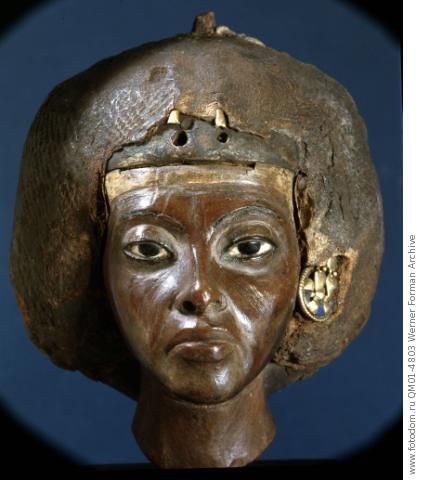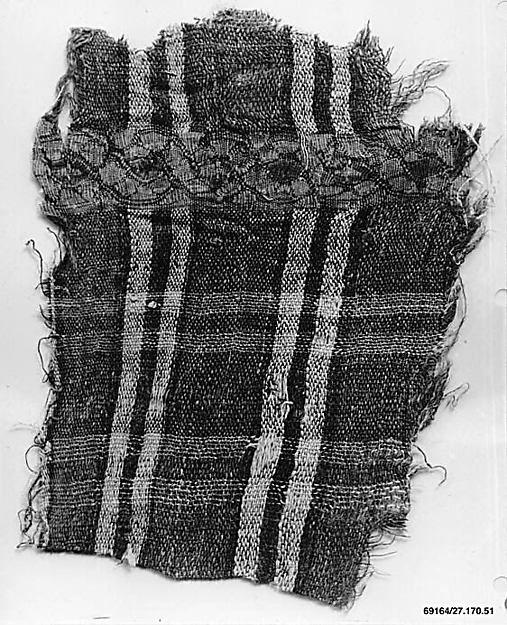Egyptian dating culture
Dating > Egyptian dating culture
Click here: ※ Egyptian dating culture ※ ♥ Egyptian dating culture
My parents did it. This building houses various government departments that handle bureaucratic dealings with the public from all over the country. Well we grew very attached and after only two months he proposed theough only interent remembering we had never met. Retrieved 9 March 2008.

Solo Regards, Mr kelvine lairy This was very useful. Hieratic script was mainly written on papyrus using an ink reed brush, and it egyptian dating culture scribes to write more quickly than the more time consuming pictographic hieroglyphics, which was usually reserved for only kings and nobles. Middle Egyptian: An Introduction to the Prime and Culture of Hieroglyphs. I maried Egypia men in 2006,all his family knowed me. Our respective ministries seek your prayers in this regard. For almost 30 centuries—from its unification around 3100 B. It can be viewed as a highly sophisticated form of.
Egyptian women don't feel anything! The number of days that Egyptian Christians can theoretically fast is even larger.

Egypt Chat - And can he apologize quickly without the denial dance. About the amount of gold, I admit that some families exaggerate, specially in south Egypt, but not really all the families do.

For almost 30 centuries—from its unification around 3100 B. The main sources of information about ancient Egypt are the many monuments, objects and artifacts that have been recovered from archaeological sites, covered with hieroglyphs that have only recently been deciphered. The picture that emerges is of a culture with few equals in the beauty of its art, the accomplishment of its architecture or the richness of its religious traditions. Few written records or artifacts have been found from the Predynastic Period, which encompassed at least 2,000 years of gradual development of the Egyptian civilization. During the rule of Akhenaton, his wife Nefertiti played an important political and religious role in the monotheistic cult of the sun god Aton. Images and sculptures of Nefertiti depict her famous beauty and role as a living goddess of fertility. Neolithic late communities in northeastern Africa exchanged hunting for agriculture and made early advances that paved the way for the later development of Egyptian arts and crafts, technology, politics and religion including a great reverence for the dead and possibly a belief in life after death. A southern king, Scorpion, made the first attempts to conquer the northern kingdom around 3200 B. A century later, King Menes would subdue the north and unify the country, becoming the first king of the first dynasty. King Menes founded the capital of ancient Egypt at White Walls later known as Memphis , in the north, near the apex of the Nile River delta. The capital would grow into a great metropolis that dominated Egyptian society during the Old Kingdom period. The Archaic Period saw the development of the foundations of Egyptian society, including the all-important ideology of kingship. To the ancient Egyptians, the king was a godlike being, closely identified with the all-powerful god Horus. The earliest known hieroglyphic writing also dates to this period. In the Archaic Period, as in all other periods, most ancient Egyptians were farmers living in small villages, and agriculture largely wheat and barley formed the economic base of the Egyptian state. The annual flooding of the great Nile River provided the necessary irrigation and fertilization each year; farmers sowed the wheat after the flooding receded and harvested it before the season of high temperatures and drought returned. The Old Kingdom began with the third dynasty of pharaohs. Pyramid-building reached its zenith with the construction of the Great Pyramid at Giza, on the outskirts of Cairo. Built for Khufu or Cheops, in Greek , who ruled from 2589 to 2566 B. C and Menkaura 2532-2503 B. During the third and fourth dynasties, Egypt enjoyed a golden age of peace and prosperity. The pharaohs held absolute power and provided a stable central government; the kingdom faced no serious threats from abroad; and successful military campaigns in foreign countries like Nubia and Libya added to its considerable economic prosperity. This chaotic situation was intensified by Bedouin invasions and accompanied by famine and disease. From this era of conflict emerged two different kingdoms: A line of 17 rulers dynasties nine and 10 based in Heracleopolis ruled Middle Egypt between Memphis and Thebes, while another family of rulers arose in Thebes to challenge Heracleopolitan power. After the last ruler of the 11th dynasty, Mentuhotep IV, was assassinated, the throne passed to his vizier, or chief minister, who became King Amenemhet I, founder of dynasty 12. A new capital was established at It-towy, south of Memphis, while Thebes remained a great religious center. During the Middle Kingdom, Egypt once again flourished, as it had during the Old Kingdom. The 12th dynasty kings ensured the smooth succession of their line by making each successor co-regent, a custom that began with Amenemhet I. Middle-Kingdom Egypt pursued an aggressive foreign policy, colonizing Nubia with its rich supply of gold, ebony, ivory and other resources and repelling the Bedouins who had infiltrated Egypt during the First Intermediate Period. The kingdom also built diplomatic and trade relations with , and other countries; undertook building projects including military fortresses and mining quarries; and returned to pyramid-building in the tradition of the Old Kingdom. The Middle Kingdom reached its peak under Amenemhet III 1842-1797 B. The 13th dynasty marked the beginning of another unsettled period in Egyptian history, during which a rapid succession of kings failed to consolidate power. As a consequence, during the Second Intermediate Period Egypt was divided into several spheres of influence. The official royal court and seat of government was relocated to Thebes, while a rival dynasty the 14th , centered on the city of Xois in the Nile delta, seems to have existed at the same time as the 13th. The Hyksos rulers of the 15th dynasty adopted and continued many of the existing Egyptian traditions in government as well as culture. They ruled concurrently with the line of native Theban rulers of the 17th dynasty, who retained control over most of southern Egypt despite having to pay taxes to the Hyksos. The 16th dynasty is variously believed to be Theban or Hyksos rulers. Conflict eventually flared between the two groups, and the Thebans launched a war against the Hyksos around 1570 B. Under Ahmose I, the first king of the 18th dynasty, Egypt was once again reunited. During the 18th dynasty, Egypt restored its control over Nubia and began military campaigns in Palestine, clashing with other powers in the area such as the Mitannians and the Hittites. In addition to powerful kings such as Amenhotep I 1546-1526 B. The controversial Amenhotep IV c. The 19th and 20th dynasties, known as the Ramesside period for the line of kings named Ramses saw the restoration of the weakened Egyptian empire and an impressive amount of building, including great temples and cities. According to biblical chronology, the Exodus of Moses and the Israelites from Egypt possibly occurred during the reign of Ramses II 1304-1237 B. All of the New Kingdom rulers with the exception of Akhenaton were laid to rest in deep, rock-cut tombs not pyramids in the Valley of the Kings, a burial site on the west bank of the Nile opposite Thebes. Most of them were raided and destroyed, with the exception of the tomb and treasure of c. The splendid mortuary temple of the last great king of the 20th dynasty, Ramses III c. The kings who followed Ramses III were less successful: Egypt lost its provinces in Palestine and Syria for good and suffered from foreign invasions notably by the Libyans , while its wealth was being steadily but inevitably depleted. The next 400 years—known as the Third Intermediate Period—saw important changes in Egyptian politics, society and culture. The 22nd dynasty began around 945 B. Many local rulers were virtually autonomous during this period and dynasties 23-24 are poorly documented. In the eighth century B. Under Kushite rule, Egypt clashed with the growing Assyrian empire. One of them, Necho of Sais, ruled briefly as the first king of the 26th dynasty before being killed by the Kushite leader Tanuatamun, in a final, unsuccessful grab for power. Persian rulers such as Darius 522-485 B. The tyrannical rule of Xerxes 486-465 B. One of these rebellions triumphed in 404 B. In the mid-fourth century B. Barely a decade later, in 332 B. The last ruler of Ptolemaic Egypt—the legendary VII—surrendered Egypt to the armies of Octavian later in 31 B. Six centuries of Roman rule followed, during which became the official religion of Rome and its provinces including Egypt. The conquest of Egypt by the Arabs in the seventh century A.
Last updated